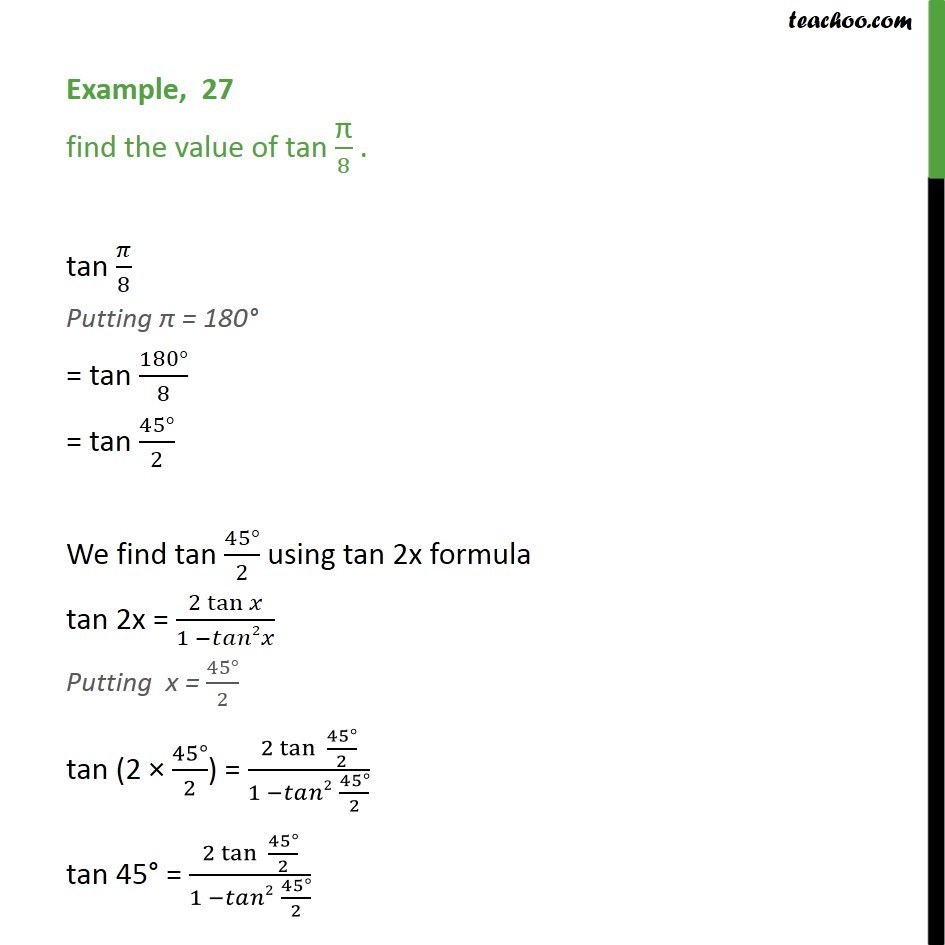
Look familiar? This is the formula to estimate Pi! The sum is counting the points that fall inside of the circle and the denominator is the amount of total points which is in the square. After that, click on cell C1 and type =4 *SUM(C2:C1001) / 1000. This creates the amount of iterations the Monte Carlo simulation will conduct. Double click on the bottom right of the highlighted cells to fill in the remainder of the cells. Type 1 and 2 in cells D2 and D3 respectively and highlight the cells. If the point is inside the circle than, it outputs a 1, if the point is outside of the circle, it outputs a 0.

The formula squares x and y and checks if it is less than or equal to 1. This is the underlying logic to find if the point is in the circle. Double click the bottom right corner to fill in the remaining rows. Go to the top of the worksheet to column C and click on cell C2. The best part is you only need to know some basic geometry to estimate Pi.
#CALCULATE PI IN EXCEL HOW TO#
How to estimate Pi with Monte CarloĮstimating Pi is a common example cited for Monte Carlo simulations. To put it simply Monte Carlo is basically just simulated guessing and checking using randomness. I have used Monte Carlo simulations to simulate S&P performance and would conduct random walks with an investment portfolio. The navy will use Monte Carlo simulations to identify the most probable areas someone would be located during search and rescue missions. Monte Carlo simulations are often used for gambling to estimate probabilities. Monte Carlo is used to solve problems by simulating randomness. All of these things I read about made me think about how someone could estimate Pi without being a mathematician or with a crazy computer. NASA scientists used Pi rounded to 16 digits for its calculations when developing the Space Integrated Global Positioning System/Inertial Navigation System (SIGI). There are strong diminishing returns when adding additional digits to Pi, 3.14 is only. After reading about the long Wikipedia page, I believe Pi is one of the most fascinating number in mathematics there are races on how many digits people can memorize of Pi, there are races to see how many digits of Pi can be computed, there is a holiday after Pi, and yet Pi’s accuracy is not really relevant to its everyday use. I started reading about the history of these important numbers and then stumbled upon the history of Pi. While I was watching the show Veep, Kent Davison, the pollster and numbers-cruncher for Selina’s campaign mentioned his favorite number was Euler’s number which made me wonder how mathematicians came up with these numbers that are used in everyday life.

Notice that the R Square value in the first table is 0.7273, which matches the result that we got using the RSQ() function.Art created with Pi by color coding each digit. Note that if we fit a simple linear regression model to this data, the output would look like this: In this example, 72.73% of the variation in the exam scores can be explained by the number of hours studied. Here’s what that formula looks like in our example:



 0 kommentar(er)
0 kommentar(er)
